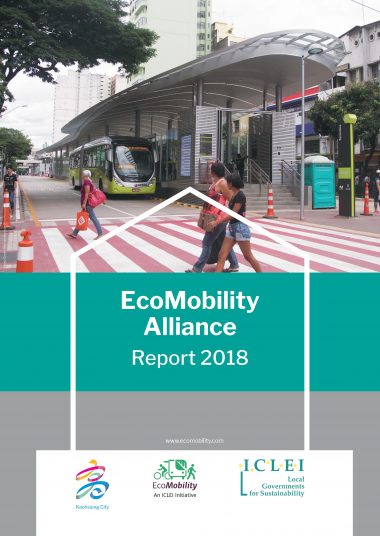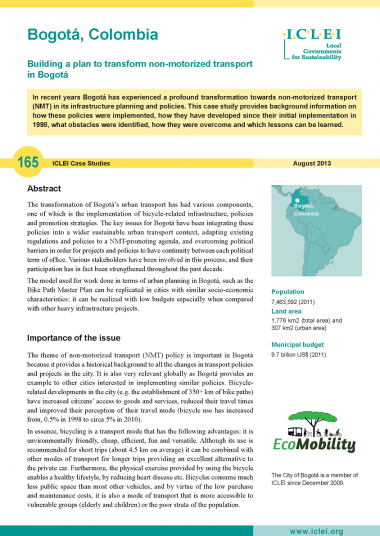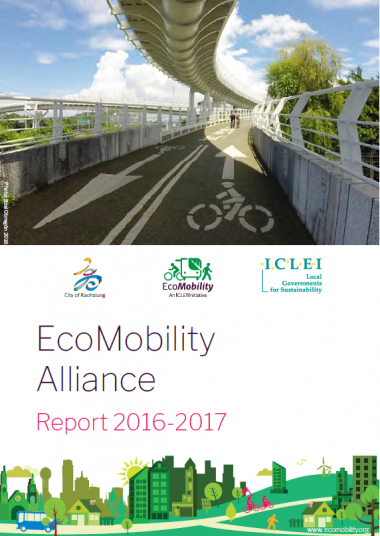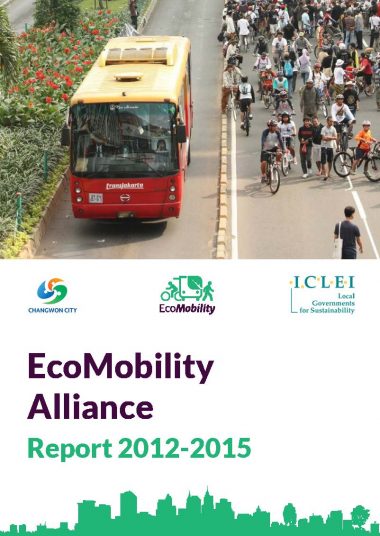Bogotá, the capital of Colombia, is known for its transformation from a car-centered to a people-centered transportation system. The world-class BRT system is one of the most heavily used in the world with 2.4 million passengers daily, mobilizing 69 percent of the population with the 112km long route and 17,335 buses. Aside from the BRT, the city launched a new cable car system (TransMiCable) in December 2018, serving the neighborhoods in the southern part of the metropolitan together with the TransMilenio bus system. It is envisaged to benefit 750,000 residents that also have enough space for bicycles and wheelchairs.
On top of that, the first metro in the city, Metro de Bogotá, commenced construction in August 2018 and will be completed by 2024. This 4.4 billion USD project comprises 24km of line serving 15 stations and 23 trains with capacity for 1,800 passengers. A new voluntary Bicycle Registration System commenced in November 2018 with the goal of linking all bicycles to their owners in hope to reduce thefts and facilitate stolen bike’s return to their owners.
Enhancing women’s safety
Around 800,000 women use Bogota’s TransMilenio bus system daily, but a survey indicated that 64 percent of the interviewed women had been victims of sexual harassment in public transport, while 80 percent of these women reported that such acts happened while en route with TransMilenio, stressing the inequitable experience faced by women in public transport. While many efforts have gone into improving women’s safety such as women-only seats, the impacts are limited. Therefore, the city is inspired to adopt technology to map out security in Bogota with the SafetiPin app, an innovative real-time mapping application to collect, analyze and disseminate information to make public spaces safer for women.
Under this initiative, 15,547km of the city will be audited according to seven variables: (1) quality and quantity of lighting, (2) openness/blind spots; (3) visibility; (4) pedestrian density; (5) security staff presence availability of pathways; (6) public transport and; (7) presence of pedestrians based on gender. The goal of this is to create the first-ever safety index of the city at night. This project is funded by the Transformative Urban Mobility Initiative (TUMI) of which ICLEI is one of the founding partners as the winner of the Global Urban Mobility Challenge 2018.




